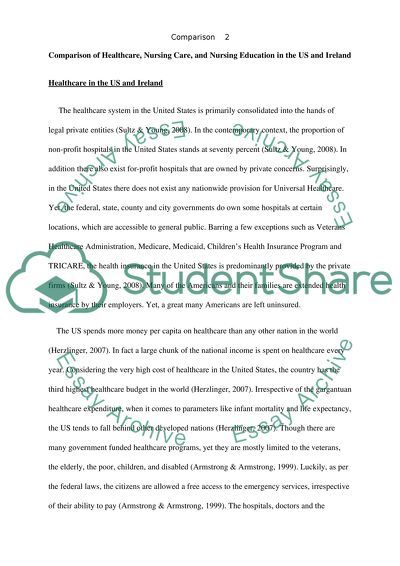Cite this document
(“Comparison of Healthcare, Nursing Care, and Nursing education in the Research Paper”, n.d.)
Comparison of Healthcare, Nursing Care, and Nursing education in the Research Paper. Retrieved from https://studentshare.org/nursing/1577873-comparison-of-healthcare-nursing-care-and-nursing-education-in-the-us-and-ireland
Comparison of Healthcare, Nursing Care, and Nursing education in the Research Paper. Retrieved from https://studentshare.org/nursing/1577873-comparison-of-healthcare-nursing-care-and-nursing-education-in-the-us-and-ireland
(Comparison of Healthcare, Nursing Care, and Nursing Education in the Research Paper)
Comparison of Healthcare, Nursing Care, and Nursing Education in the Research Paper. https://studentshare.org/nursing/1577873-comparison-of-healthcare-nursing-care-and-nursing-education-in-the-us-and-ireland.
Comparison of Healthcare, Nursing Care, and Nursing Education in the Research Paper. https://studentshare.org/nursing/1577873-comparison-of-healthcare-nursing-care-and-nursing-education-in-the-us-and-ireland.
“Comparison of Healthcare, Nursing Care, and Nursing Education in the Research Paper”, n.d. https://studentshare.org/nursing/1577873-comparison-of-healthcare-nursing-care-and-nursing-education-in-the-us-and-ireland.


